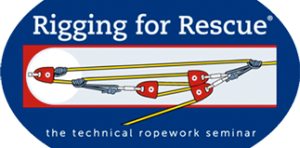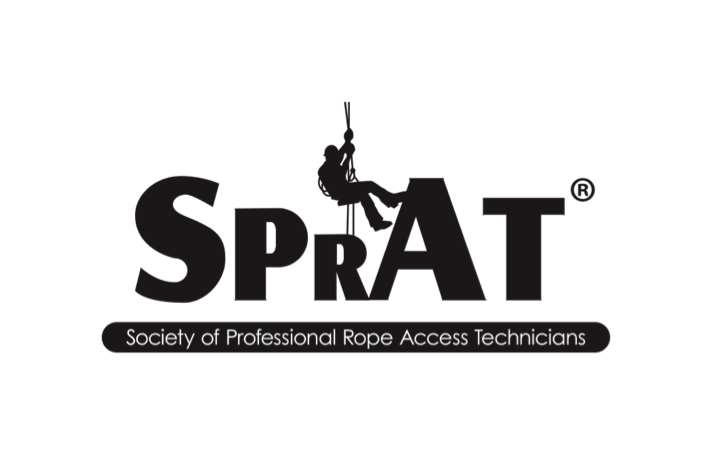Project Video
The BCCTR Belay Competence Drop Test Method of a 1m drop on 3m of rope with a 200kg test mass. This drop simulated a failure of one of the two lines in a Two Tensioned Rope Lower system. The DCD was a Figure 8 plate and a mechanical hand was used on the running end of that DCD. The mechanical hand was pre-set with 425N of gripping ability – the maximum observed grip of a rescuer with a gloved hand as per the Gripping Ability on Rope in Motion Study.
Stretcher Bridle Attachment Considerations
Many rescue teams operate their rope rescue stretcher operations with either:
a single tensioned mainline coupled with a separately managed belay line
or
two tensioned mainlines without a separate belay line – often referred to as ‘Two Tensioned Rope Lowers’.
Two Tensioned Rope Lower configurations generally include two separate lines attached to the rescue package (patient, attendant(s), and stretcher), each supporting approximately half of the total mass. These configurations are rigged with a variety of stretcher bridle attachments, friction devices to manage the descent, attendant and patient tie-in methods, as well as rope types.
The primary focus of this presentation is on the stretcher bridle attachment component. This presentation will share the results of some failure analysis testing. The testing was conducted to examine the outcome to the rescue package using certain stretcher bridle attachment methods in a selection of Two Tensioned Rope Lower configurations. The material presented seeks to offer some direction in answering the question, “Would you want to take that ride?”




